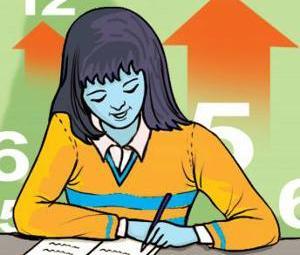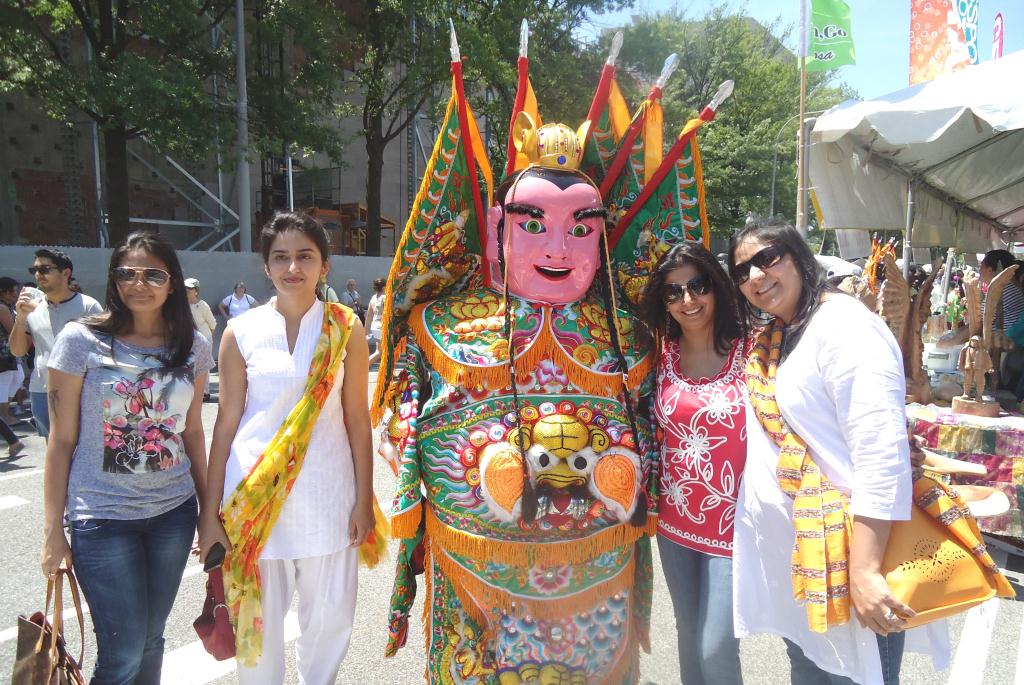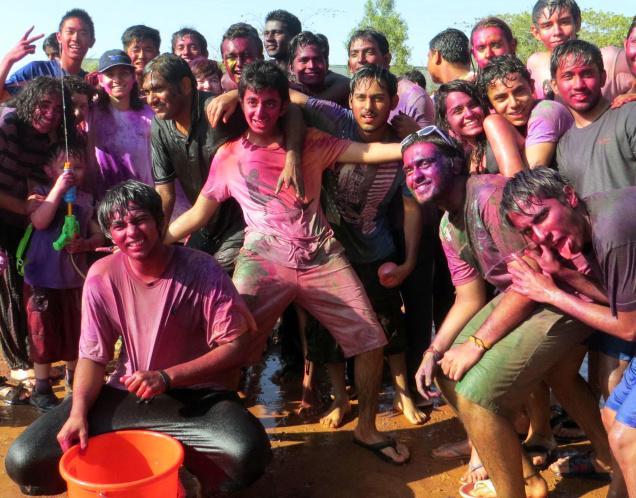March 10, 2014
NEW DELHI: Literacy is still a distant dream for vulnerable young women. Going at the present pace of development, India will take at least another 56 years to achieve female youth literacy.

The Unesco Education for All Global Monitoring Report says India will take at least another 56 years to achieve female youth literacy.
March 10, 2014
NEW DELHI: Literacy is still a distant dream for vulnerable young women. Going at the present pace of development, India will take at least another 56 years to achieve female youth literacy.

The Unesco Education for All Global Monitoring Report says India will take at least another 56 years to achieve female youth literacy.
A serious gender imbalance in global education has left over 100 million young women in low and lower middle income countries unable to read a single sentence, and will prevent half of the 31 million girls out of school from ever enrolling. These are among the main findings of the gender summary, which analyses data from the Unesco Education for All Global Monitoring Report.
As per the South-West Asia factsheet of the report, young people who have spent just a few years in school do not develop literacy skills and in some cases even completing primary school is not always a guarantee for literacy. The report cited the example of India where after completing up to four years of school, 90% emerge illiterate and after five to six years in school, around 30% still emerge illiterate.
Poor women are the most vulnerable, with two out of three of them in South and West Asia who cannot read are from this category. While poorest young females in Bhutan are not projected to achieve universal literacy until 2083, Pakistan will not reach the target until the 22nd Century. India is no better, projected to meet the target between 2070 and 2080.
The new summary, launched in partnership with the United Nations Girls Education Initiative, calls for equity to be at the forefront of new global development goals after 2015, so that every child has an equal chance of learning through quality education.
Despite some progress, in 2011, only 60% of countries had achieved parity in primary education and only 38% of countries had achieved parity in secondary education. Among low income countries, just 20% had achieved gender parity at the primary level, 10% at the lower secondary level and 8% at the upper secondary level.
It is projected that only 70% of countries will have achieved parity in primary education by 2015, and 56% will have achieved parity in lower secondary education. Unless improvements are made, the poorest girls will achieve universal primary completion 60 years later than the richest boys.
"It is simply intolerable that girls are being left behind. For poor girls, education is one of the most powerful routes to a better future, helping them escape from a vicious cycle of poverty," said Irina Bokova, director general, Unesco.
Courtesy: TNN







































































































